Seasons of the Season
Holidays bring decorations, celebrations and gifts, but there’s one more piece that brings us all together – food!
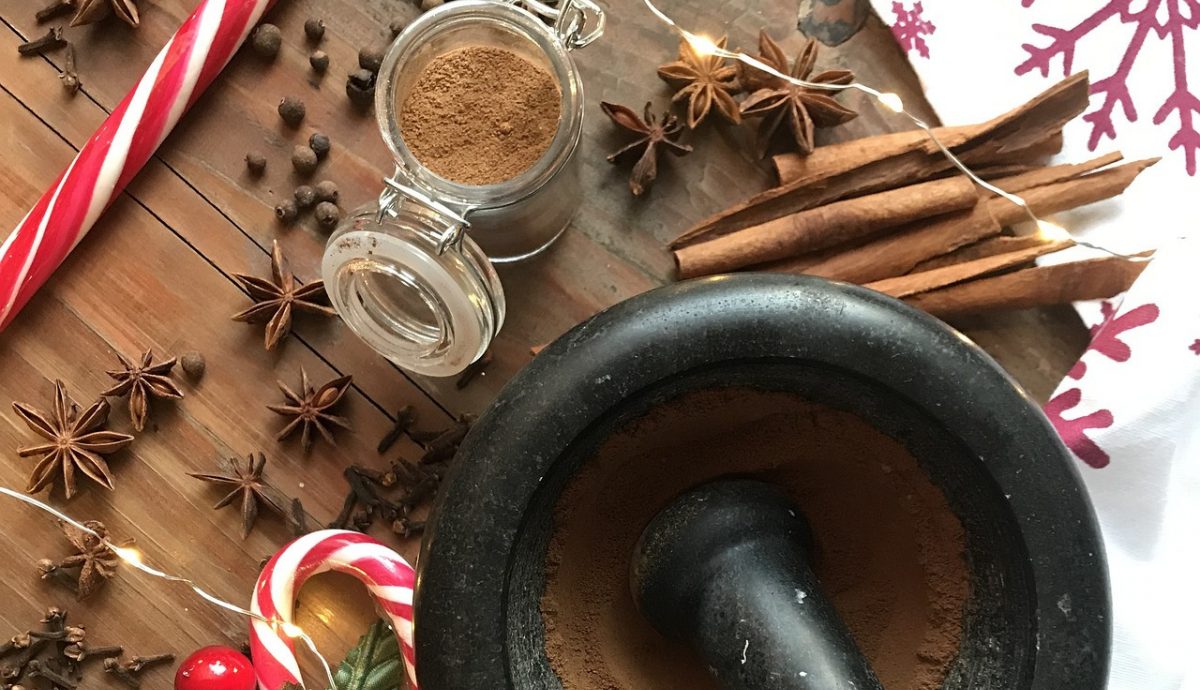
Holidays bring decorations, celebrations and gifts, but one more piece brings us all together – food! Winter holidays might smell like gingerbread, roasting turkey, donuts or mint, but most of us are used to seeing spices and seasonings in bottles and jars. But where do holiday spices come from? Let’s learn a little bit more about some seasonal favorites.
Ginger
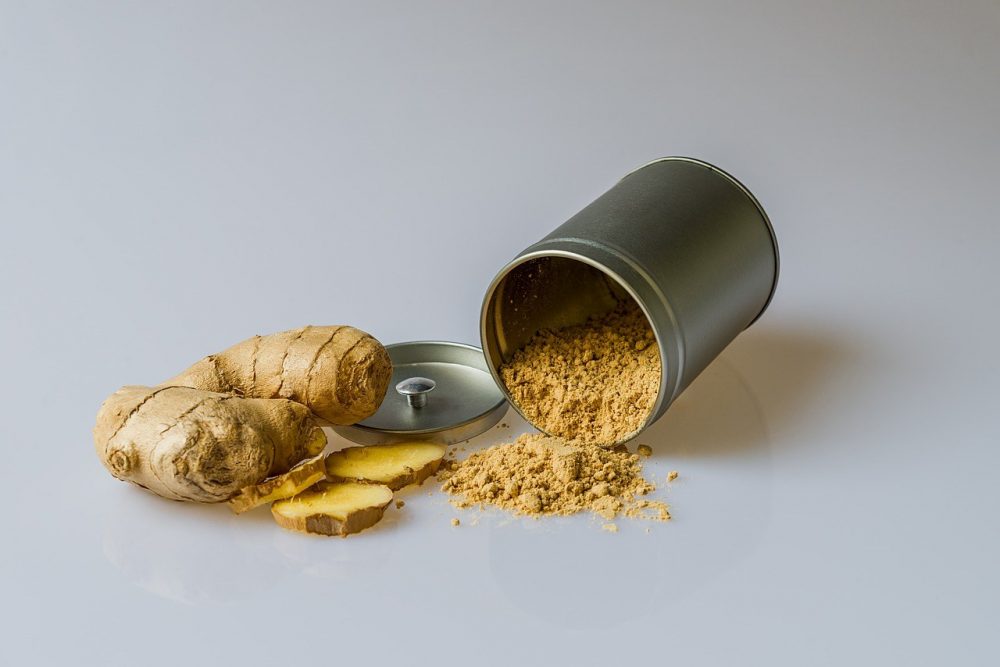
Ginger is a key ingredient in a Christmas favorite- gingerbread cookies! The ginger that goes into gingerbread is dried and ground up. Before that, ginger starts as a “root.” The plant is often called “ginger root,” but it is actually an underground stem called a rhizome. The above-ground part of the plant includes shoots that look like thick, tall grass and flowers, but the part we eat is underground!
Ginger originated in Southeast Asia and grows best in tropical and sub-tropical locations. You can find ginger being grown in warmer parts of the United States, but most of the ginger marketed in the U.S. is from Hawaii. You can also grow ginger for yourself, starting with a rhizome. Watch this video to learn more!
Cinnamon
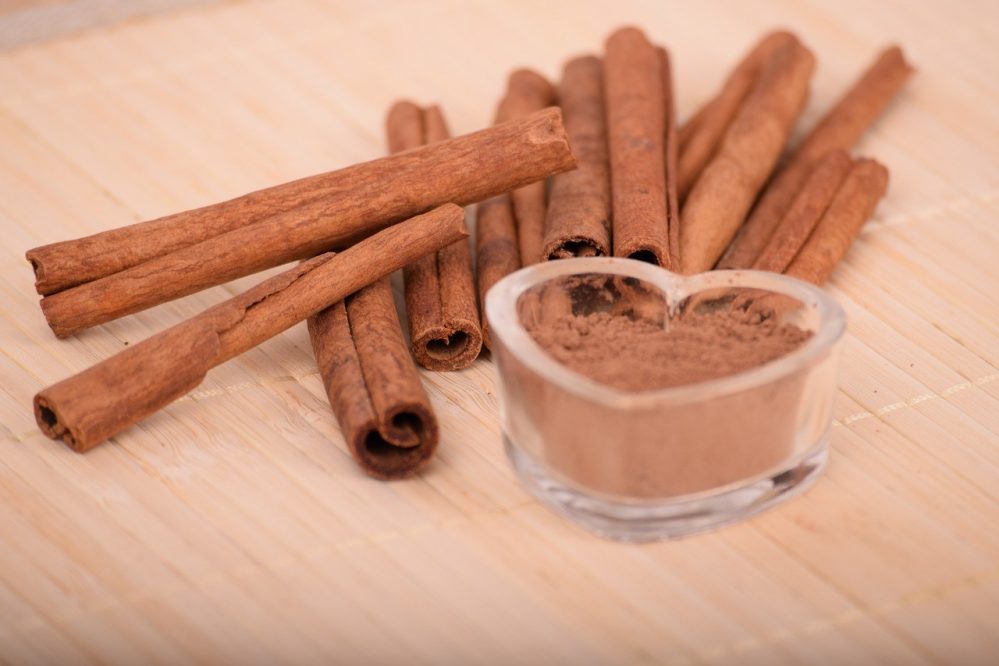
Applesauce, pie or on top of eggnog- cinnamon is a popular spice this time of year! So, where does cinnamon come from? Cinnamon is the inner bark of evergreen trees in the Cinnamomum family, and there are many kinds of cinnamon. The type of cinnamon you are most likely to find in the U.S. is cassia cinnamon.
During harvest, workers scrape off the outer bark of these evergreen trees to expose the inner bark. This bark is left to dry, where it curls into sticks, or quills, that are then cut to be sold or ground down into the spice we see at the supermarket. Indonesia grows a lot of cinnamon- they are the number one producer! But they also consume a lot of it, so most of the cinnamon we find here in the U.S. comes from Sri Lanka.
Clove
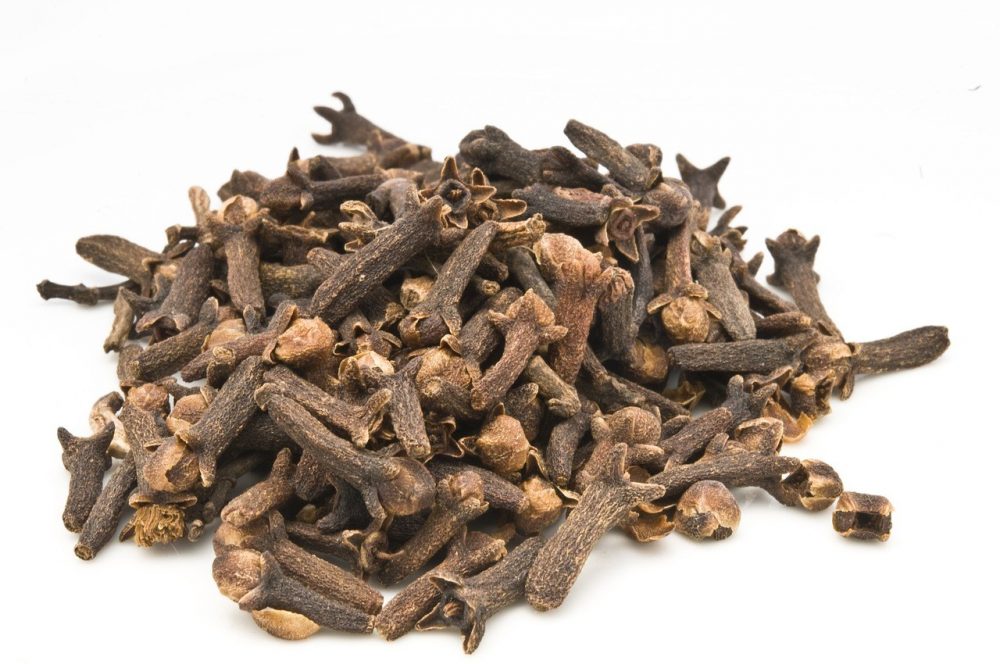
Cloves can be found in pumpkin pie or warm mulled wine, but what exactly is a clove? The name “clove” comes from the Latin word “clavus,” which means nail; this is because harvested cloves resemble a nail. Cloves are the dried, unopened flower buds of an evergreen tree that is native to Indonesia. Today, most cloves are produced in Indonesia, Madagascar and Singapore.
Clove trees thrive in tropical climates and flower after about six years. Flower buds are handpicked before fully developing and dried in the sun or under a dryer. Dried cloves can be sold whole or ground into a powder.
Check out this saucy applesauce recipe that uses both cinnamon and cloves!
Sage
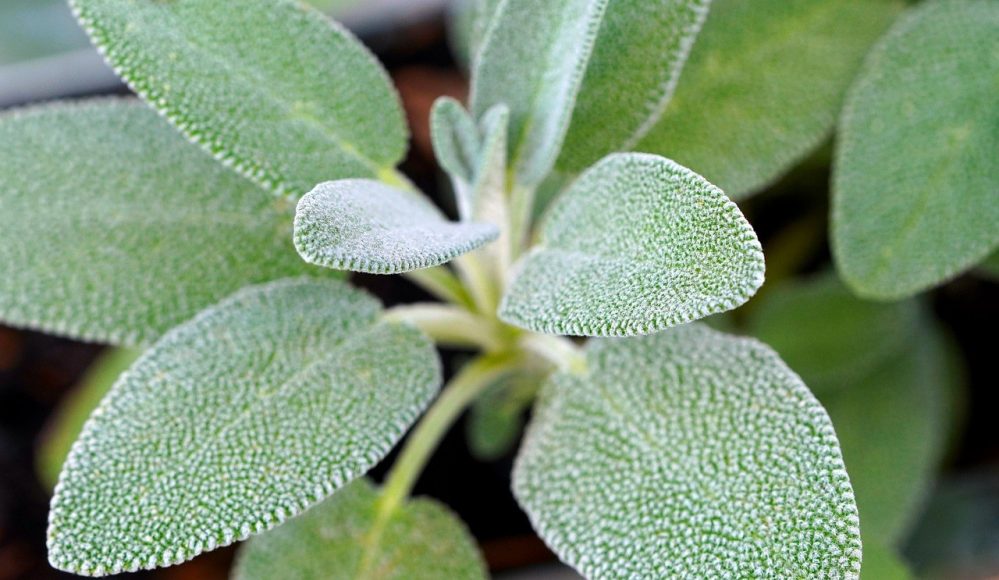
Sage can often be found in a holiday chicken or turkey dinner or stuffing, whether dried or fresh. Sage is a plant native to the Mediterranean region and grows best in places with well-drained soil and a lot of sun. It is a member of the mint family and grows well in gardens.
Sage is an evergreen herb often recognized for its silver-green fuzzy leaves. Sage can be perennial, meaning it grows year-round or annual, depending on the climate. They produce beautiful flowers, but we use the leaves fresh, dried or ground for culinary needs.
Bonus: Peppermint
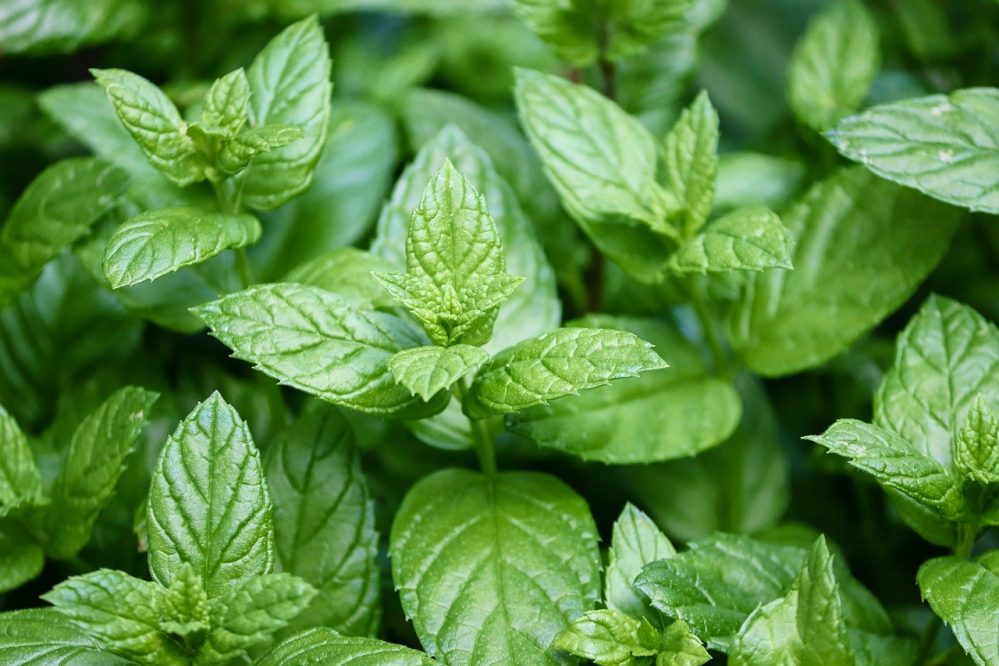
Mint is a perennial plant, meaning it lives more than two years. It is a fairly easy herb to grow, with many people growing mint in their gardens or in pots in their homes. You can also find peppermint growing wild in some parts of North America and Europe.
Peppermint is a hybrid species of mint, a cross between watermint and spearmint! Peppermint has fuzzy leaves with jagged edges and produces pale lilac flowers.
Check out this video from a mint farmer!
------
What are your favorite flavors of the season and where do they come from?
Want to help young learners understand where their food comes from? Check out Right This Very Minute: a table-to-farm book about food and farming.
If you want to learn more about herbs, check out this blog post!









